The first step is to check the bamboo plywood size (length, width, and thickness).
Normally pick up several pieces randomly from the pallets. The tolerance of length is +0.5mm, width is +0.3mm, and thickness is +0.3mm.
Secondly, observe whether the boards are bend
Make the length of the bamboo boards perpendicular to the ground, then look from one side of the plywood to observe whether bow or warp in both length and width direction. Owing to long-time transportation, the changes in humidity and climates will result in out-of-shape.
Thirdly, look at the middle layers of bamboo panels and beams
When you unpack the pallets, walk around the pallets and look at the 4 sides whether they have gaps between strips in the middle layer of bamboo plywood. It’s very important to have no gaps in using the panels to curve crafts or wall panels.
Fourthly, scan the face and back of bamboo boards
Normally the boards face up when we packed, you also can define which side is the face yourselves. When scanning, check both sides whether they have some decays, left green skins, lack of bamboo strips, embossing, color differences, physical damages (scratches, small holes), etc.
Finally, test the bonding strength and moisture content.
For bonding strength, normally we’ll do the lab test before export. If you want to double ensure, bring several pieces 100x100mm to the local test apartment. As for moisture content, you can use a moisture equipment test directly on your own. For Australia and New Zealand, the water moisture content is 10-12%, no less than 10%. Other countries 6-10%.
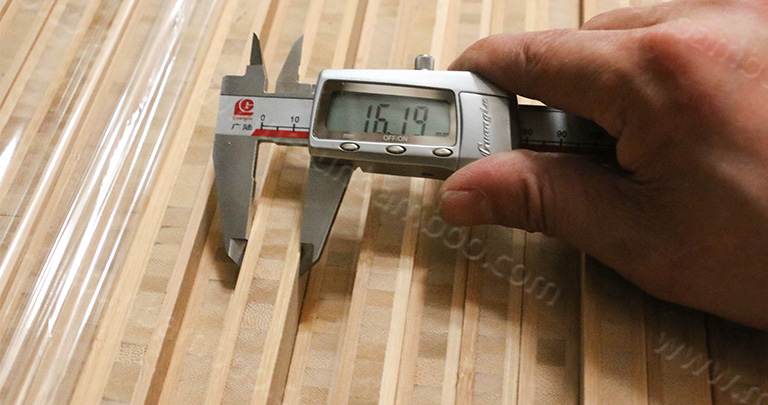
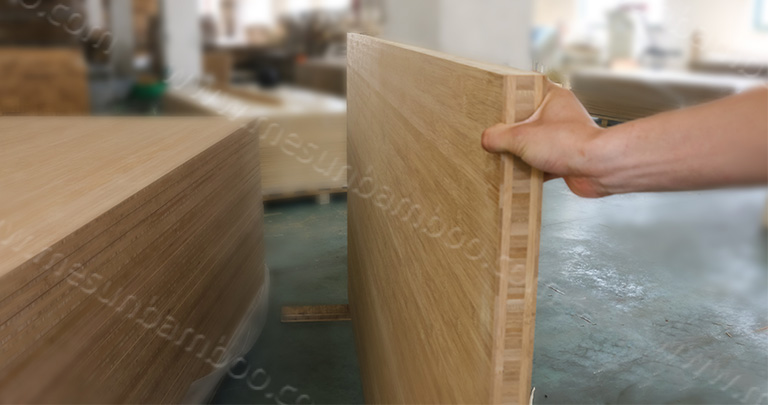
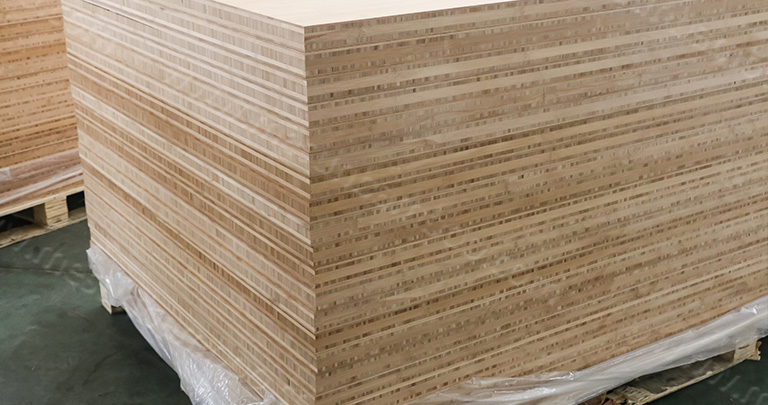
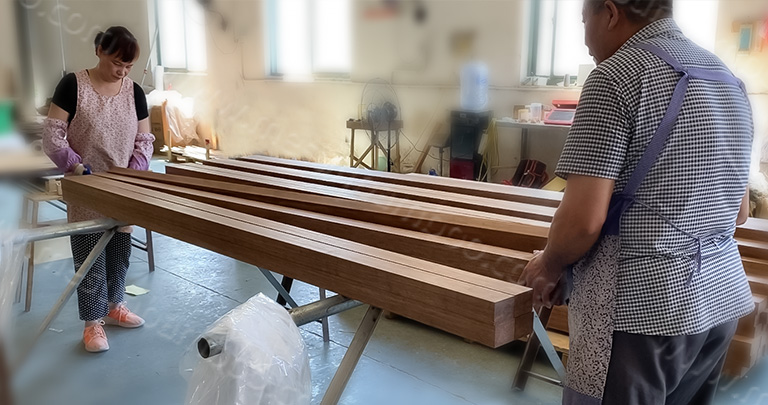
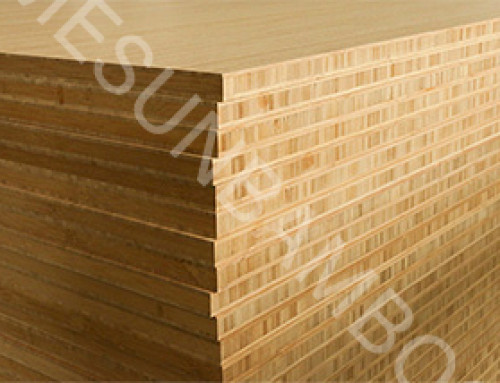
bài viết bổ ích